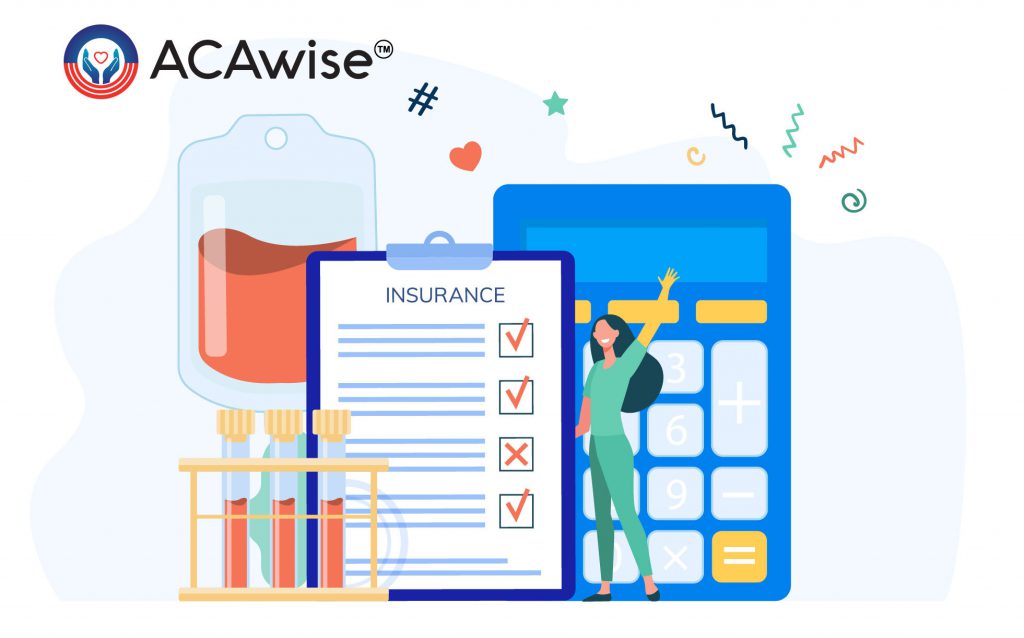Estimated reading time: 11 minute(s)

As an applicable large employer, or an organization that is mandated to report ACA health insurance coverage information to the IRS, affordability is crucial.
Unless you can prove that you provided affordable health insurance coverage to your eligible full-time employees, you have not met the IRS guidelines for section 6055 and section 6056 reporting.
This will result in penalties for your business every time. The key to avoiding these penalties is using safe harbors to substantiate the affordability of your group health insurance.
What is Affordability?

First and foremost, employers must provide health insurance coverage to at least 95% of all full-time employees.
The monthly premium that your employees are required to pay must not exceed 9.78% of their gross household income during tax year 2020. Please note that this percentage will change annually.
As an employer, you are not privy to this information, so how can you ensure that your health insurance coverage meets this standard? This is where Safe Harbors come in, these are IRS approved methods of calculation.
What are Safe Harbors?
Employers aren’t privy to the total household income of each of their employees, that is personal information. So, there are other methods by which employers can estimate the employees’ income and prove that their health insurance coverage meets the affordability requirements.
There are 3 different methods of safe harbors that can be used to calculate affordability.
- The Rate of Pay Safe Harbor
- The W-2 Safe Harbor
- Federal Poverty Line (FPL) Safe Harbor
Now, let’s talk about the methods for calculating each of these.
Affordability Safe Harbors
Rate of Pay Safe Harbor
This is calculated using the employees’ hourly rate. First, you must calculate the hourly rate by the number of hours worked in a month. Then this total must be multiplied by the affordability rate (.0978). This will determine the monthly premium amount that this employee can afford.
W-2 Safe Harbor
This method proves affordability based on gross income. Employers should use the gross income reported in Box 1. Multiply this amount by the affordability rate (.0978). This is the amount that your employee can afford to spend on coverage annually, so you will need to divide by 12 to determine the affordable monthly premium.
Please note that this test can’t be performed every month. If your employees have very predictable earnings from month to month, then this method may work for your business. However, if your employees have less predictable monthly wages, this is probably not the ideal method for your organization.
Federal Poverty Line Safe Harbor
This is considered the easiest way to calculate your affordability, you will use the federal poverty line which will vary from year to year. The FPL for an individual in 2020 is $12,760.
This method is ideal for businesses with a varying workforce and many seasonal workers. To calculate this method, take the federal poverty line amount for one individual and multiply it by the affordability rate (.0978).
This is the amount that an individual can afford to spend on health insurance throughout the year, so you will need to divide this by 12. Doing so will give you the monthly premium payment that your employee can afford.
The ACAwise Solution- we do the math for you!

Here at ACAwise, our team understands that many employers find these calculations daunting, so we created a solution.
Employers can easily determine the affordability of their health insurance coverage using our ACA Affordability Calculator. This tool allows employers to simply and securely determine their affordability within minutes. No calculations required.
You can get started at https://www.acawise.com/aca-affordability-calculator/
Make sure you enter your email address after calculating your affordability, this way we can forward you the details! Check out this video to learn more!



Leave a Comment